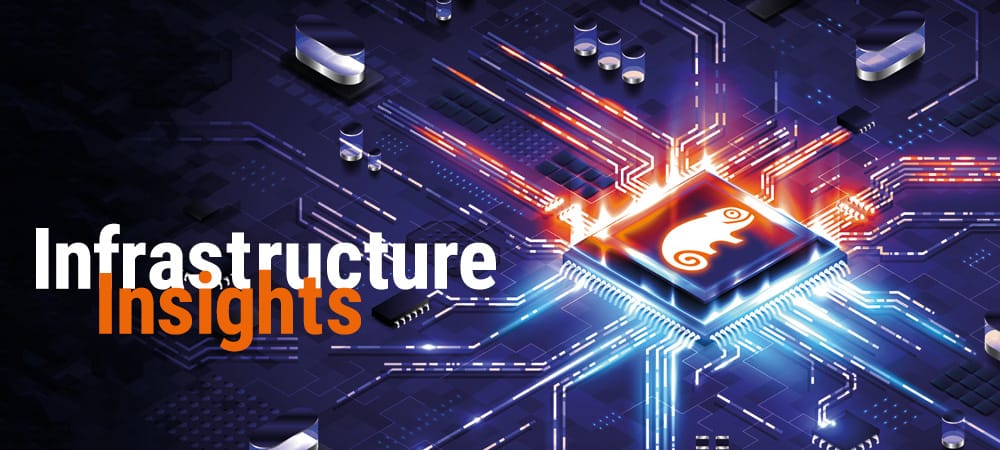Intelligent agents for SAP-integrated invoice processing


Finance departments need to make well-founded decisions and require accurate financial data to do so. They want to reduce manual activities in invoice processing, automate routine tasks and thus make their processes more efficient overall. Artificial intelligence is now helping with this by automating and optimizing financial processes through machine learning and intelligent algorithms - from reading and validating invoice data, creating booking proposals and analysing large volumes of data to improving forecasts, risk management and compliance.
On the one hand, xSuite uses algorithms for improved data extraction, account assignment and processing determination and - as the latest development - large language models (LLMs). In this context, autonomous software agents (agentic AI) are increasingly emerging that not only learn, but also make decisions independently. They take SAP-integrated accounting processes to a new level: more efficient and more strategic.
Account assignment proposals with probability values
Until now, account assignment of invoices has been a manual process because not all the information relevant to account assignment is explicitly stated on the invoice. Correct account assignment requires context, specialist knowledge and experience of project assignments, cost centers or company codes. This is where AI models, such as in the xSuite software, can generate plausible account assignment proposals with probability values based on historical data. This means that employees have to carry out fewer routine steps and can devote themselves to more complex tasks. New colleagues need less training time as they are supported by intelligent suggestions right from the start.
In companies with structures that have grown over the years and less well-documented processes and responsibilities, it is time-consuming to store in the system which employee is responsible for which documents and work steps under which conditions. Here too, xSuite provides AI-supported suggestions for processing in order to minimize incorrect assignments or forwarding. Instead of rigid rules that have to be constantly maintained, AI can derive responsibilities from past processing and automatically suggest the right employee.
Next stage GenAI based on LLMs
Traditional AI primarily optimizes recognition and decision-making processes. GenAI goes one step further and enables the automated recognition, interpretation and enrichment of invoice data at an even higher level. Recognition in particular - the first and often most time-consuming step in invoice processing - benefits greatly from the performance of GenAI based on an LLM. This not only understands invoices formally, but also semantically, which improves data quality and depth.
Large language models belong to the field of deep learning and combine machine learning with neural networks. They were developed to understand, process and generate texts in natural language. Classifying and categorizing texts and their content - these LLM capabilities can be used in invoice processing, as with xSuite. This is because the precise reading of invoice content, its interpretation and correct assignment to the corresponding SAP fields is still a challenge. xSuite customers report an average recognition rate (without AI) of 85 percent, or 95 percent at best. This means that even with optimized processes, five percent of all invoice data still has to be corrected or reworked manually - a considerable effort for a large invoice volume.
AI derives its own rules
What exactly do LLMs offer in invoice processing? With them, complex logic no longer needs to be devised and programmed to correctly recognize date formats or item data. Time-consuming training for each individual supplier is no longer necessary. Instead, the AI derives its own rules and applies them to automatically read and transfer values. In xSuite, the AI is specially optimized for the requirements of invoice processing in SAP. LLMs therefore go deeper than any OCR, which only transfers analog characters into machine-readable text. They supplement missing information by using contextually relevant data from other sources (historical documents, orders, delivery bills, SAP master data), recognize meanings and draw conclusions. Based on their global training data, they understand the content of an invoice - regardless of the layout, language style or format.
By interpreting content and adding context-based information, a Large Language Model creates an intelligent processing procedure that is not only faster, but also more reliable. This is particularly essential for complex accounting processes - because the invoice alone rarely contains all the relevant information. Only when combined with historical data is complete automation possible. GenAI models can also be further specialized with additional training data. Company-specific information such as G/L accounts, cost centers or company codes are integrated into additional layers and enable precise adaptation to individual requirements. The reconciliation of invoices with orders and goods receipts is thus largely automated.
Autonomous AI systems - the future of accounting
With technological advances in artificial intelligence, autonomous software agents (agentic AI) are increasingly emerging that not only learn, but also make decisions independently and optimize processes. Leading analysts therefore also see "autonomous finance" as the target image for a "finance department of the future".
Current developments in artificial intelligence - from machine learning and deep learning to generative AI and autonomous AI systems - are opening up completely new opportunities for companies to further optimize their computer processing. While a number of software applications already offer extensive automation, the trend towards self-learning and autonomous solutions will continue unabated. The future belongs to intelligent, self-learning software systems that not only prepare decisions in the financial sector but also make them independently - a revolution for invoice processing and not only there.
Continue to the partner entry:







